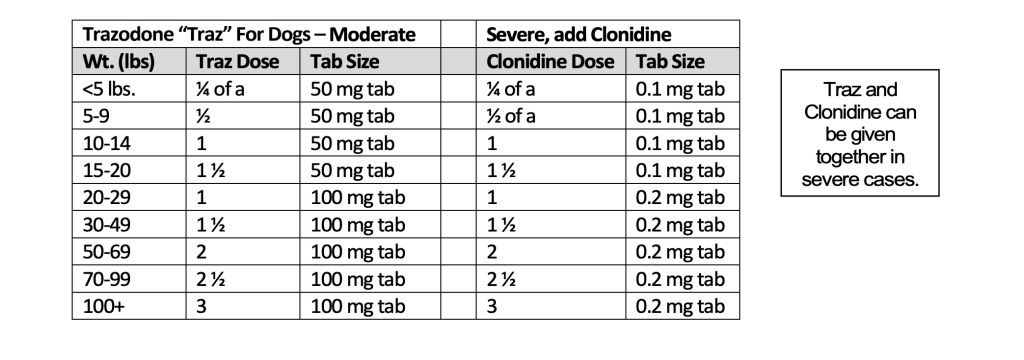Independence Day is less than a month away. The time to call Hannah for medication to help your Pet stay calm through the noise and celebrations isn’t July 3rd, or July 2nd. It’s today.
Noise phobia is an excessive, unreasonable fear response to specific loud noises. It’s more common in dogs than cats. The most common noise phobias are to fireworks and thunder. If your dog gets afraid during fireworks, try to determine the severity based on these descriptions:
Mild – If you’d describe your Pet’s response as, “a little anxious,” you’re mild. As prevention or to treat a mild response, try a doggie “Fireworks Party.” Start with the first faint sound fireworks. Announce to your Pet that, “It’s a fireworks party!” Then happily run to your ridge to see what treats are available. Chicken or bread work well here. Keep some with you, and every firework explosion thereafter triggers a “party snack.” If this works like it’s supposed to, your dog will look forward to the next boom, because it means snacks!
Moderate – If the party doesn’t work, your Pet may have a moderate fear of fireworks. You can try medicating your Pet for several hours on days when you expect fireworks. Independence Day is the big one, but New Year’s Eve (and sometimes Day) or Chinese New Year are other firework-heavy holidays. Drugs like Prozac aren’t helpful because they need to be given for 2-4 weeks before they begin to work. A good option is a comfort medication called Trazodone. You can also create a “safe space” for your Pet by lying a blanket on top of their favorite kennel or carrier.
If you’re still seeing anxiety after all of that, we’re at the next level: Severe. At this point you’re going to want to add a second prescription medication, Clonidine, to the mix.
It usually takes between half-an-hour and an hour after you give either medication to see any effect. Peak effect happens around 2-4 hours after administration, then tapers off. Giving medication with food is a great idea, but not a dealbreaker. If your Pet is already scared, however, the digestive process is going to be slowed, and the onset of medication might take up to 4 hours. That means you’re going to want to give meds before your Pet needs them — usually around an hour before you expect the noise.
Important health notes: Don’t give your Pets these calming meds if they’re already on a prescription for seizures, heart troubles, liver worries, or kidney conditions. Some Pets, especially dogs, can respond to calming medication by doing the exact opposite and getting more excited and anxious. They don’t understand what’s happening to their bodies and can’t express that to you, so the anxiety ratchets up and up. Some Pets might get a little lethargic, or even vomit due to an uneasy stomach. Make sure you monitor your Pet when trying any new medicine, and try out the Trazodone or Clonidine ahead of time so you aren’t finding out about any possible side effects in the middle of a fireworks extravaganza. You can always cut the recommended dosage to better suit their needs. Either medication can be repeated as needed (usually after 4-8 hrs), but not within 2 hours, because you haven’t seen the full results of what you have already given.
If you think these medications will help your Pet have an easier time this July 4th, call one of our hospitals in Portland or Tigard and place your order as soon as possible. We typically send home 10 tabs, and you can call back if you find you need more. There’s no charge for Trazodone or Clonidine – they’re included in your Hannah plan.

For more information, you can consult our Pet Parent handout. Be safe, and have a happy holiday!

